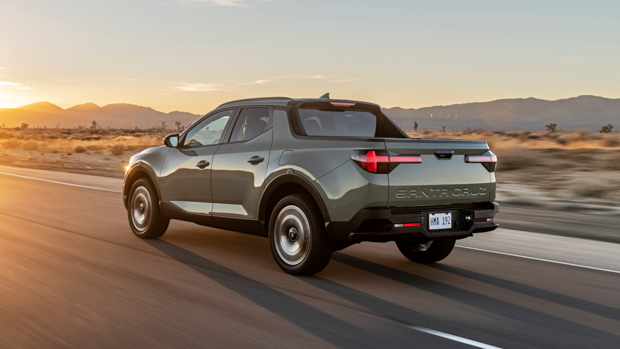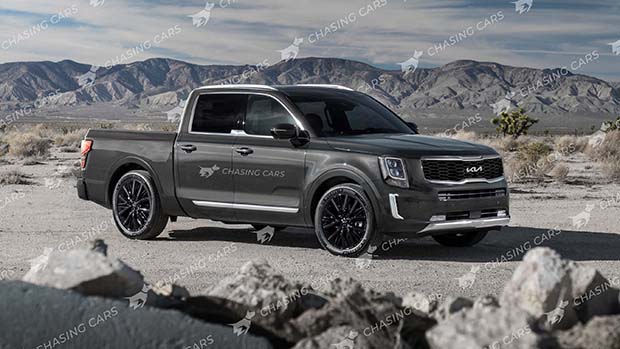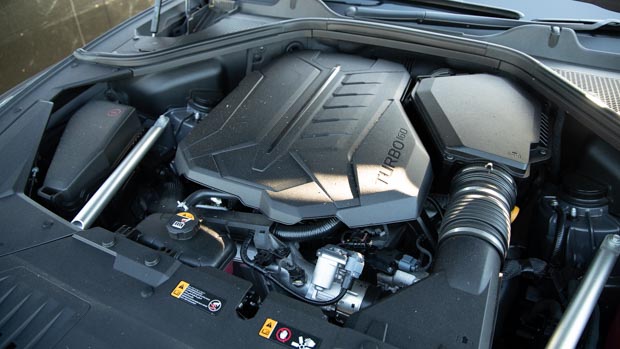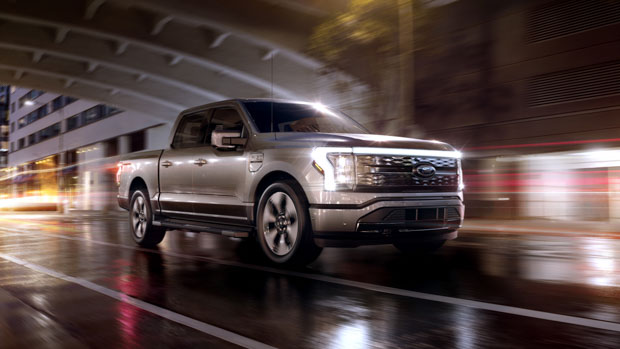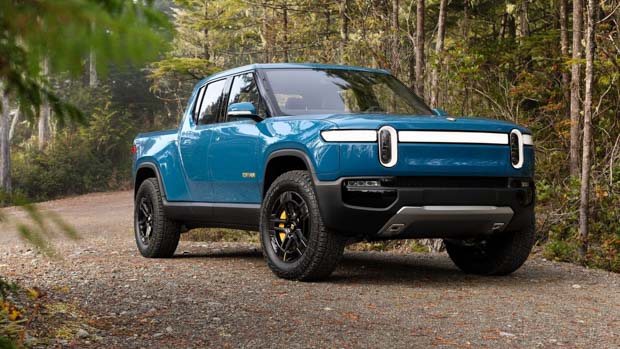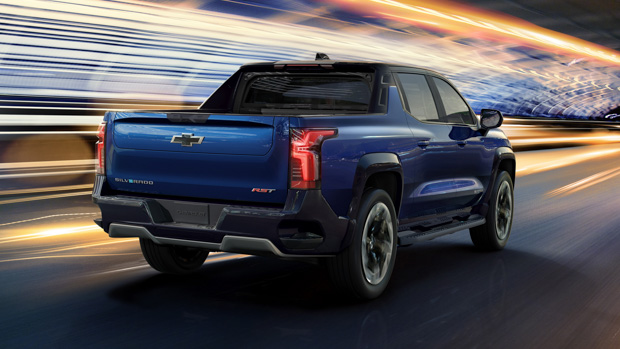-
Car Reviews
- Car News
-
Car Comparisons
Latest comparisons
- Chasing Deals
Thomas Schemera, Hyundai’s global marketing boss, says it now “doesn’t make any sense” to develop new combustion-engined vehicles, including a ute
Hyundai has given its strongest indication yet that its well-established plans to develop a body-on-frame, diesel-engine ute for Australia have been abandoned – but a fully-electric pick-up is under active consideration.
Asked by Australian motoring media for an update on the Hyundai and Kia dual-cab ute program on the sidelines of the reveal of the Ioniq 6 electric sedan, Hyundai global chief marketing officer Thomas Schemera said that the brand was now considering how the ute could be developed as an electric vehicle – a Rivian and Ford Lightning rival rather than a Hilux and D-Max killer.
“To start developing vehicles on ICE (internal combustion engine) bases doesn’t make any sense. In [the case of the Hyundai ute], we have to shift our way of thinking and the offering to an electric vehicle,” said Schemera.
“This is a different task for us … size, aerodynamics, assets, and user experience – this is not easy to [bring into existence], but we already have ideas about how to do [an electric ute] – but nothing has been decided.”
This significant development comes after a flurry of activity in the 2010s around development of a body-on-frame ute by Hyundai and Kia, and then a period of relative silence during the coronavirus pandemic.
While no details of the Hyundai ute were ever confirmed, Chasing Cars understands that prototypes were developed. It is possible that the 3.3-litre turbocharged inline-six diesel developed for the Genesis GV80 SUV could have done service in a Volkswagen Amarok and Ford Ranger rival.
It is understood that Kia was also set to be a participant in the diesel body-on-frame ute program — though Hyundai, Kia and even Genesis could all spawn a pick-up model based on the e-GMP electric vehicle architecture in future.
Schemera, who enjoys a very senior and influential position at Hyundai Motor Group – the parent company of Hyundai, Kia and Genesis, all of whom could receive a dual-cab ute – says he understands the passion for such a vehicle in Australia.
“I have had many, many discussions with the Australian market, and I know there is a big demand for [a Hyundai ute] and I really respect that.”
“Our long range plan has many, many strategic products. We have a lot of things in the pipeline. Nothing has been confirmed yet, but I can imagine if there was a way to showcase and compose vehicles like that for Australia and the United States – we make it happen.”
Schemera said that such a play would not necessarily be about maximum volume – that is, the Hyundai electric ute would not need to tackle the Toyota Hilux’s dominance in Australia.
“It is not all about the business case … it is also about pioneering, trying things out, setting trends, creating trends, seeing the opportunity, rather than a race.”
“We have freedom to think out of the box on a regular basis.”
Electric dual-cab utes are becoming a reality globally, with Ford soon to introduce its new large-sized electric pickup truck, the F-150 Lightning, into America, but while Ford Australia is interested in the electric version, it will only sell locally in petrol V6 guise for now.
US-based startup company Rivian has already brought its electric R1T dual-cab to market in the United States and aims to target Tesla’s Cybertruck (when it arrives), along with the Chevrolet Silverado EV and electric Ram.
Ford’s F-150 Lightning costs about $10,000 more than the equivalent petrol V8 version, while offering a reinforced underbody, up to 420kW of power, and up to 483km range.
The new T6.2 Ford Ranger is also capable of electrification and could spawn a Lightning EV of its own in the coming years.
Hyundai’s modular e-GMP electric vehicle architecture supports 800-volt ultra-rapid charging and can accommodate larger vehicle styles and batteries. It’s not yet known whether e-GMP can support dedicated off-road vehicles, though a range of large electric SUV models on e-GMP will be released soon, including Hyundai’s Ioniq 7 and the Kia EV9.
The South Korean car manufacturer currently produces a ute of its own for the US market, known as the Santa Cruz, based on the Tucson midsize SUV and using that car’s 1.6-litre turbo petrol engine.
Santa Cruz, which runs down the same production line as the US-market Hyundai Palisade, is built in limited numbers for America and while Hyundai Australia senior executives say they’d love to sell it locally, it is not currently possible.
Latest news
About Chasing cars
Chasing Cars reviews are 100% independent.
Because we are powered by Budget Direct Insurance, we don’t receive advertising or sales revenue from car manufacturers.
We’re truly independent – giving you Australia’s best car reviews.
